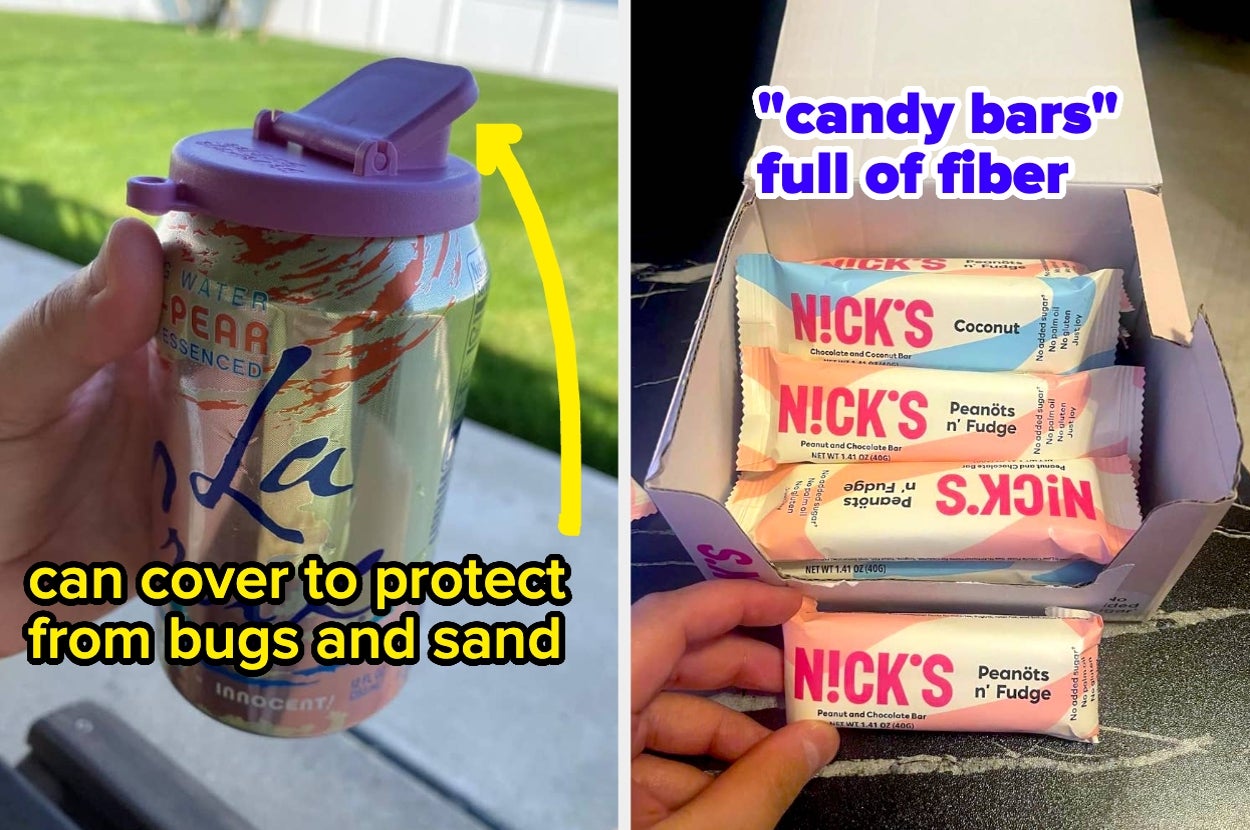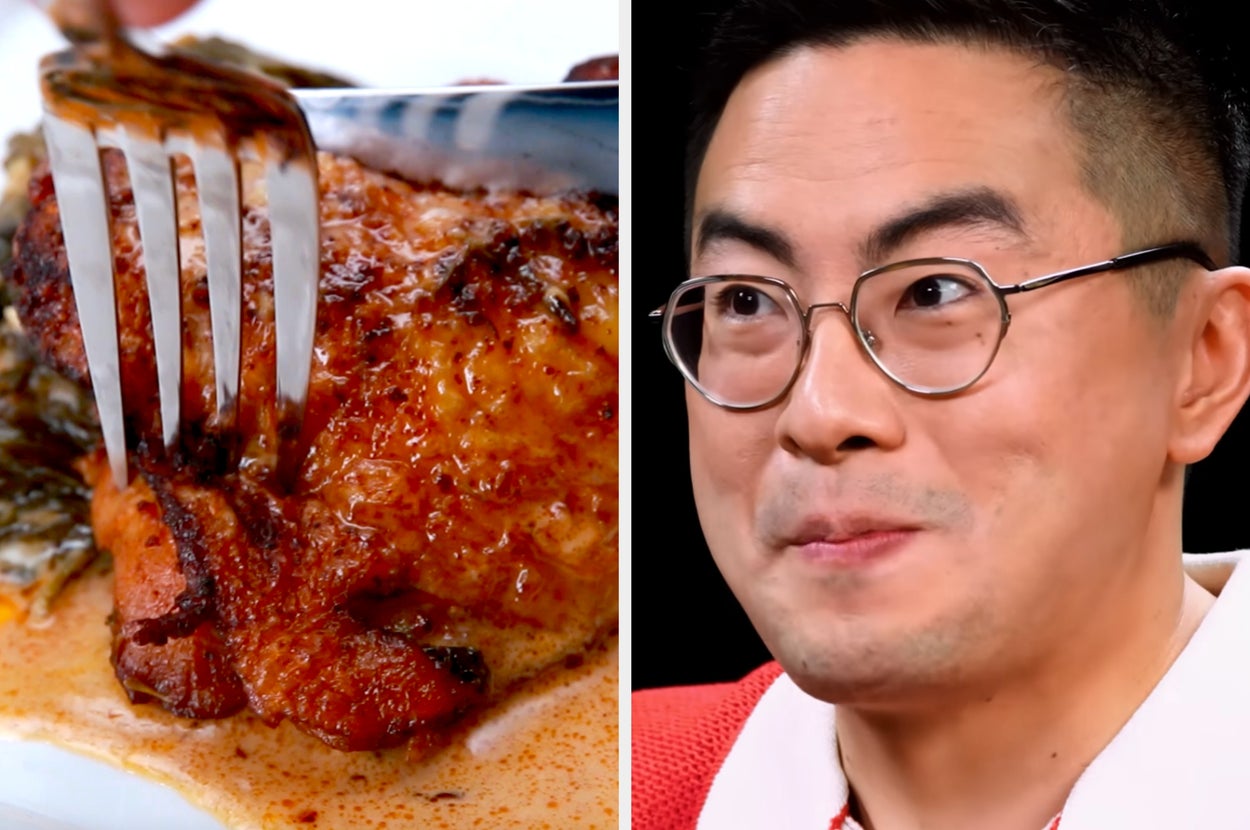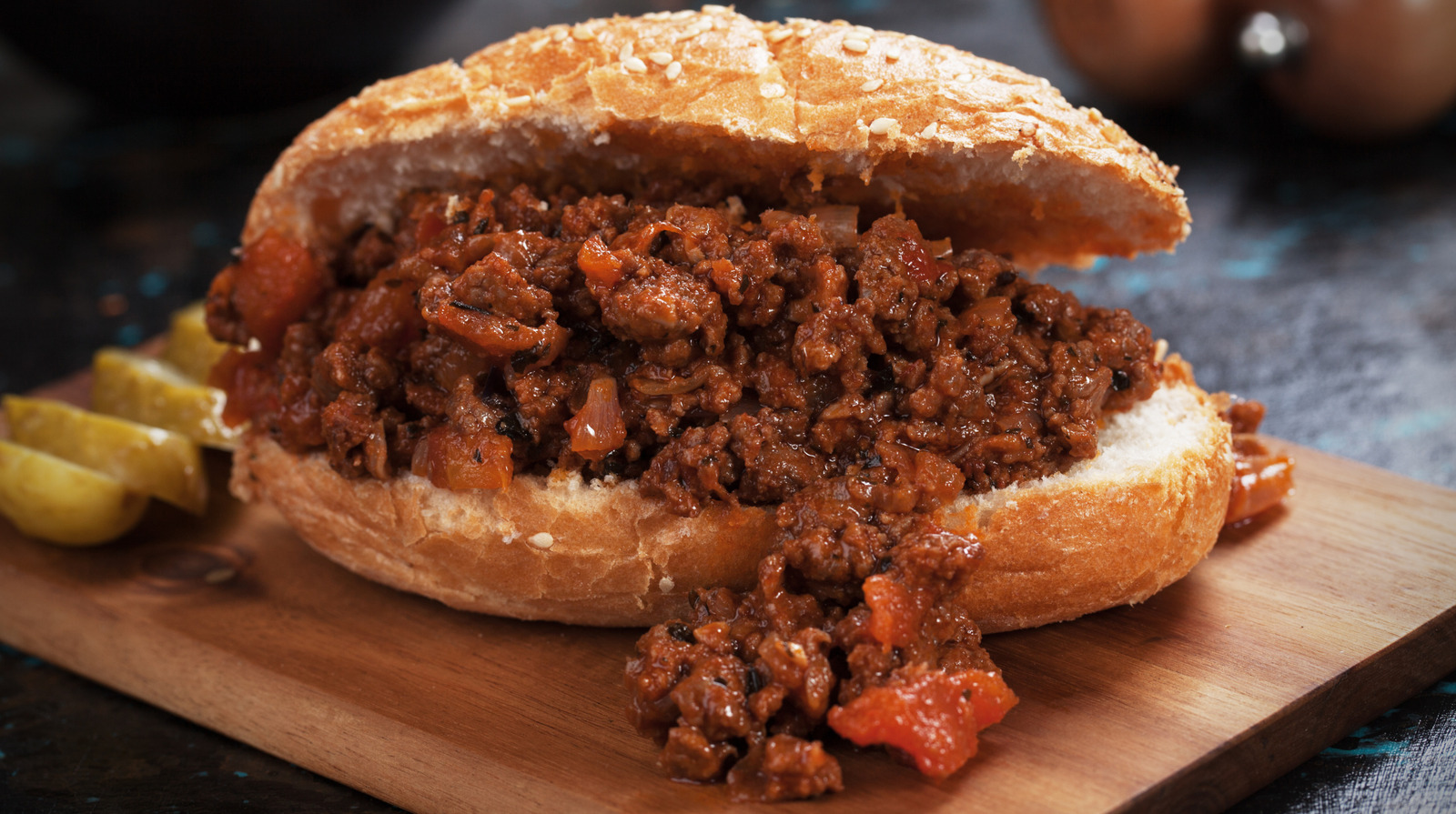The drive to steer clear of plastics has become more and more popular in recent years ― and for good reason. Pieces of these plastics, known as microplastics and nanoplastics, have been found in our bodies, like in the plaque in our arteries and in our blood . Research is ongoing, but studies show that microplastics can be linked to cancer and reproductive issues.
Now, a study published in Chemosphere, which was led by researchers at Toxic-Free Future and the Amsterdam Institute for Life and Environment at Vrije Universiteit, gives even more reason to reconsider that plastic container or serving spoon. Researchers tested 203 black plastic items that are available in the U.S.

, ranging from cooking utensils and food storage to personal care products and toys, for flame retardants. Eighty-five percent of the tested products contained flame retardants. “It turns out that a lot of them did have elevated levels of flame retardants, and specifically brominated flame retardants, which are linked to a slew of health concerns,” said Kizzy Charles-Guzman , the CEO of the Center for Environmental Health.
Brominated flame retardants have been linked to cancer , hormone disruption, neurotoxicity, reproductive issues , and developmental issues, she added. What’s also worrying is that some of the flame retardants found in these products are banned in the U.S .
For instance, sushi trays contained the highest levels of flame retardants, and specifically high amounts of decabromodiphenyl ether, which is a banned chemical. So, how did these harmful, and often-banned, chemicals make their way into your plastic soup ladle or sushi takeout tray? “They could have been made from recycled electronic waste and electrical equipment — so TVs, computers, appliances, things that, by definition, get treated with flame retardants to prevent fire in your home,” Charles-Guzman explained. And these electronics could have been treated with these flame retardants years before they were banned.
For instance, decabromodiphenyl ether was only banned in 2021. So, how worried do you need to be? This is clearly not good news, but knowledge is power. Now, you can make informed decisions about the products you keep in your home — and that decision may look different than your neighbor’s.
Maybe you can’t afford to replace your cooking utensils right now. Or maybe you’re trying to get pregnant and want them out, stat. The choice is yours, but experts have opinions: “The thing to understand about the study is they took these kitchen appliances and everything else and completely dissolved them in all these solvents, and then they ran through a machine, and they were able to figure out how many parts per million or billion were in these kitchen utensils and sushi tray,” said Jamie Alan , associate professor in the department of pharmacology and toxicology at Michigan State University.
There’s no question that these black plastics do contain harmful flame retardants, but Alan noted that when you’re using black plastic kitchen items, you aren’t melting them down and eating them. “What we don’t know is how much is released potentially into the food that we’re cooking, and we don’t know if that is released in cooking, how much do we absorb into our bodies, so there’s a significant gap in our understanding,” said Alan. Charles-Guzman has a differing thought.
“Flame retardants are terrible for us because they bio-accumulate. That means that even a low level of routine exposure really builds up in your body over time.” It’s worth knowing that chemicals are expelled when these items are heated up — which is concerning for cookware.
Alan said she doesn’t have the exact chemistry of these compounds, but generally, the higher the heat, the more chemicals are released and leach into your food. Meaning, if you’re cooking over a super-high temperature, it’s wise to avoid using black plastic utensils, Alan said. The same goes for heating up a plastic to-go box.
If you do use black plastic cooking utensils while you’re cooking, don’t keep them in contact with the hot item for too long. Instead, use it for a quick stir and get it out of that hot pot. What to use instead:.
Food

You Might Want To Throw Away That Black Plastic Cookware In Your Kitchen ASAP. Here's Why.

This new study can sound scary, and is part of mounting evidence against the use of plastics.View Entire Post ›















